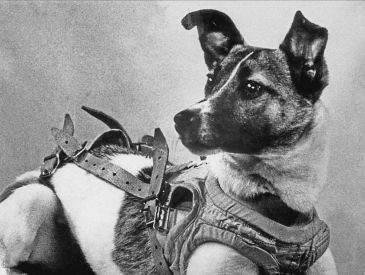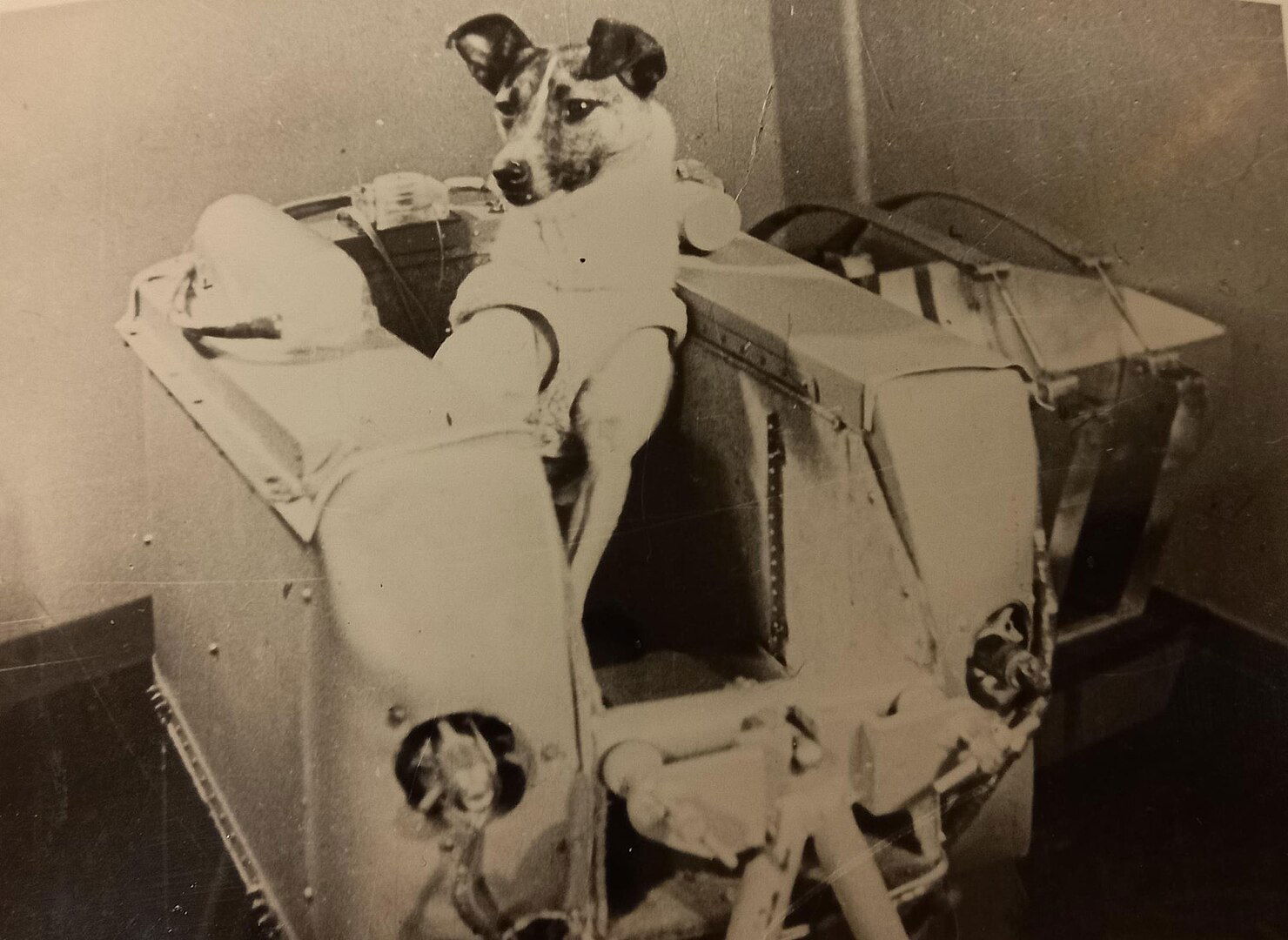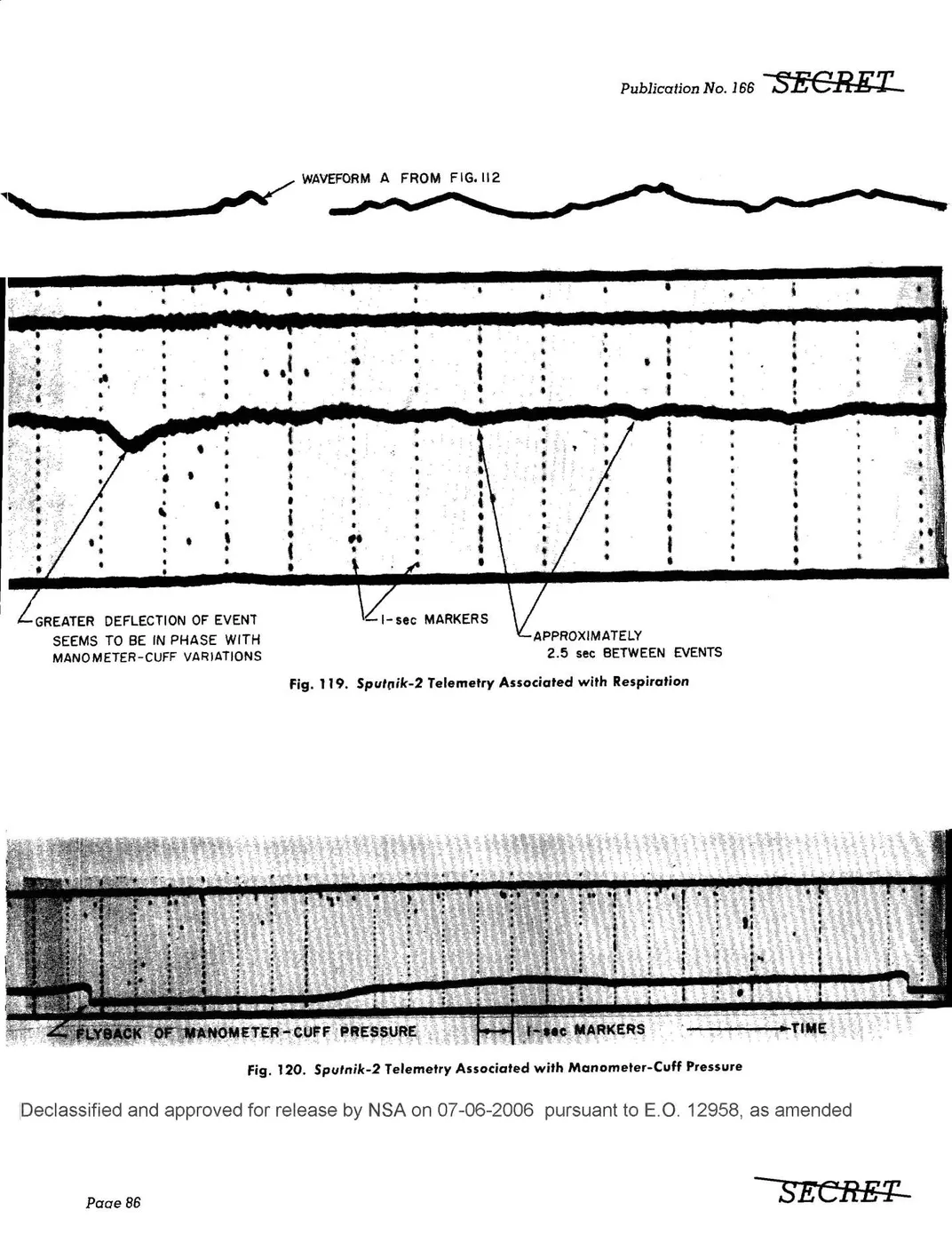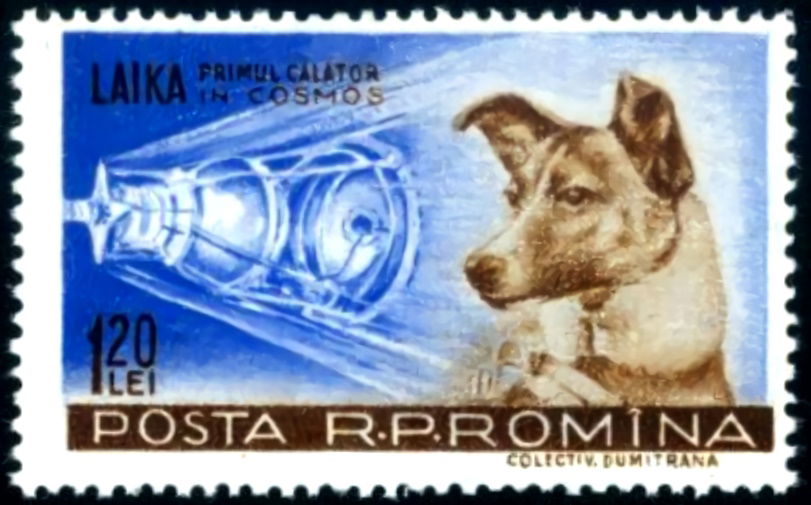Laika, the first dog in space, holds a tragic place in history as the pioneering animal who helped humans understand the dangers of orbit, yet paid the ultimate price. Many people are unaware of the intense hardships she endured, and her story remains a powerful reminder of the sacrifices that paved the way for human space travel.

The early years of space exploration were marked by ambition, rivalry, and a willingness to take extraordinary risks. During the Cold War, the United States and the Soviet Union were locked in a fierce competition to demonstrate technological and scientific supremacy. The launch of satellites, the first human orbits, and eventually moon missions were all seen as symbols of national pride and political influence. Behind these accomplishments, however, were countless experiments that relied on animals to test the limits of life beyond Earth.
Before humans were sent into orbit, scientists needed to know if living beings could survive the harsh environment of space. They began sending animals such as dogs, monkeys, and other small mammals into specially designed capsules to observe how their bodies and minds reacted to conditions that were impossible to replicate on Earth. Each mission provided vital information about life support systems, the effects of weightlessness, and the psychological impact of isolation in an enclosed spacecraft.
Animals were chosen for these experiments because the loss of a nonhuman subject was considered less catastrophic than the loss of a trained astronaut. This pragmatic approach meant that many animals faced perilous missions, often with no chance of returning to Earth alive. Scientists were determined to gather the necessary data, and while the sacrifices were tragic, they were seen as essential steps toward ensuring human safety in space.
Among these early pioneers, one animal’s story stands out for its poignancy and lasting impact: Laika, a small stray terrier mix from Moscow. Originally named Kudryavka, she was selected for a mission that would make history. Laika’s journey into orbit aboard Sputnik 2 was meant to answer a fundamental question: could a living creature survive the stresses of space travel? The answer came at a heartbreaking cost.
On November 3, 1957, Laika was carefully placed inside her capsule and launched into orbit. Scientists monitored her heart rate and other vital signs, hoping to learn how space conditions would affect a living being. Almost immediately, Laika experienced extreme physical and emotional stress. Her heart rate soared to more than three times its normal level during the launch, highlighting the immense strain she endured.

The mission planners never intended for Laika to survive. While she initially lived through the physical pressures of takeoff and the transition to weightlessness, her time in orbit was tragically limited. Between five and seven hours after launch, Laika died due to a combination of overheating and acute stress. Later reports revealed that even if she had survived this initial period, her oxygen supply was only sufficient for about ten days, meaning death was inevitable.
Engineer Yevgeniy Shabarov, who worked closely on the mission, later shared a deeply moving account of Laika’s final moments. He described how the team kissed her nose and wished her a safe journey, fully aware that she would not return. These words underline the dual reality of space exploration at the time: groundbreaking achievements often came hand in hand with suffering.
Laika’s story quickly became a source of public fascination and emotional outcry. For many, the idea of sending a small, innocent animal into space without hope of return was deeply unsettling. Online reactions from people learning about her mission for the first time illustrate the emotional impact still felt decades later. One person commented that the mission was “disgusting and so cruel,” while another shared that thinking about Laika brought them to tears, highlighting the universal empathy her story evokes.
Despite the tragedy, the Soviet Union celebrated the mission as a scientific milestone. Laika earned a permanent place in history as the first living creature to orbit Earth, her sacrifice offering crucial insights into the challenges of space travel. Her mission confirmed that mammals could survive the stresses of launch and weightlessness, helping engineers design safer conditions for future human astronauts.
The story of Laika illustrates the difficult ethical decisions faced by scientists during the early space race.

While her death was tragic, it played a pivotal role in advancing space exploration and ensured that humans could follow in her path with greater safety. It also serves as a sobering reminder of the hidden costs behind scientific progress.
Animals before Laika had been used in suborbital flights and other experiments, but she was the first to face prolonged exposure to the vacuum of space and the stresses of orbit. Her mission revealed critical information about the limitations of life support systems, the effects of acceleration during launch, and the impact of microgravity on living organisms. These lessons were invaluable in designing spacecraft for humans and continue to influence space missions today.
Beyond the scientific data, Laika became a symbol of courage and resilience. Despite being a stray dog with no prior training, she endured conditions that no animal had experienced before. Her mission showed that living creatures could survive aspects of space travel, even if only temporarily, and it paved the way for future missions that eventually included human astronauts.
Over time, the public debate about the ethical implications of Laika’s journey grew. While some celebrated the technological achievement, others condemned the mission for its cruelty. The discussion continues today, reflecting broader questions about the responsibilities humans have toward animals in the pursuit of knowledge. Laika’s story is often cited as a turning point in public awareness of animal welfare in scientific research.
Laika’s legacy is preserved not just in history books but also in memorials, literature, and cultural references. She represents both the triumphs and the costs of human ambition. In Russia, a monument stands in her honor, commemorating her role in advancing human understanding of space, while also acknowledging the pain she endured. This duality captures the complexity of her story: she was both a hero and a victim.
The lessons learned from Laika’s mission were applied to future programs, leading to improved safety measures for animals and eventually humans. Engineers refined life support systems, monitoring equipment, and spacecraft design to minimize stress and ensure survival. These advances helped prepare the way for Yuri Gagarin, the first human to orbit Earth, and set the stage for decades of successful manned missions.

Understanding Laika’s story also provides insight into the human desire to explore and push boundaries. Her journey reflects both the bravery of living creatures and the sometimes harsh realities of experimentation. While the ethical considerations are complex, the knowledge gained from her mission remains invaluable.
Laika’s name has become synonymous with courage and sacrifice. People continue to honor her memory through storytelling, art, and education, ensuring that her contribution to science is not forgotten. Her experience serves as a reminder of the sacrifices behind progress and the importance of considering ethical boundaries in scientific exploration.
For modern readers, learning about Laika sparks reflection on how far humanity has come in terms of technology, ethics, and animal welfare. Her story is a touchstone for discussions about responsibility in scientific experimentation, illustrating that the pursuit of knowledge often comes with difficult moral questions.
While the story of Laika is heartbreaking, it is also inspiring in a way. Her brief time in space opened the door to countless discoveries and gave humanity the confidence to venture further into the unknown. The data collected during her mission directly contributed to safer and more informed human space travel, leaving a lasting legacy that extends far beyond her short life.
Today, Laika, the first dog in space, is remembered not just for the tragedy of her death, but for her role in shaping human understanding of the cosmos. Her story teaches compassion, courage, and the weight of responsibility that comes with scientific progress.
The emotional reactions her story evokes underscore the power of narrative in science. Readers who encounter her story often express a mix of sorrow, admiration, and reflection. These reactions demonstrate how a single animal’s experience can resonate across generations, highlighting the human capacity for empathy and ethical consideration.
In conclusion, Laika, the first dog in space, remains one of the most poignant figures in the history of space exploration. Her journey symbolizes both the incredible achievements of the early space race and the ethical dilemmas faced by scientists. While her death was tragic, her contribution to science and human knowledge was immense, ensuring that future explorers could venture into space with greater safety and understanding.
Her story endures as a testament to the sacrifices that underlie progress and the courage of those who unknowingly help pave the way for others. Laika will forever be remembered as the dog who carried the weight of human ambition into the stars, leaving behind a legacy that combines heartbreak with hope, and tragedy with triumph.
